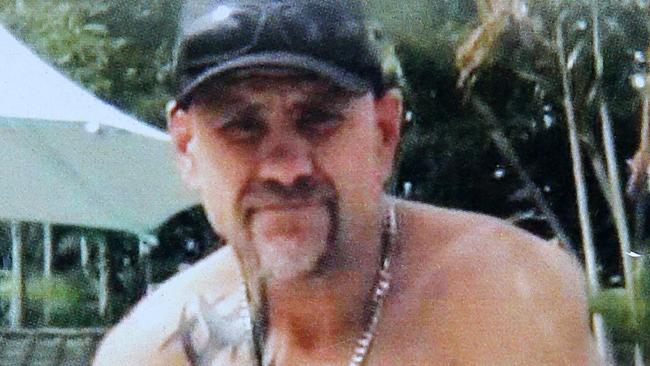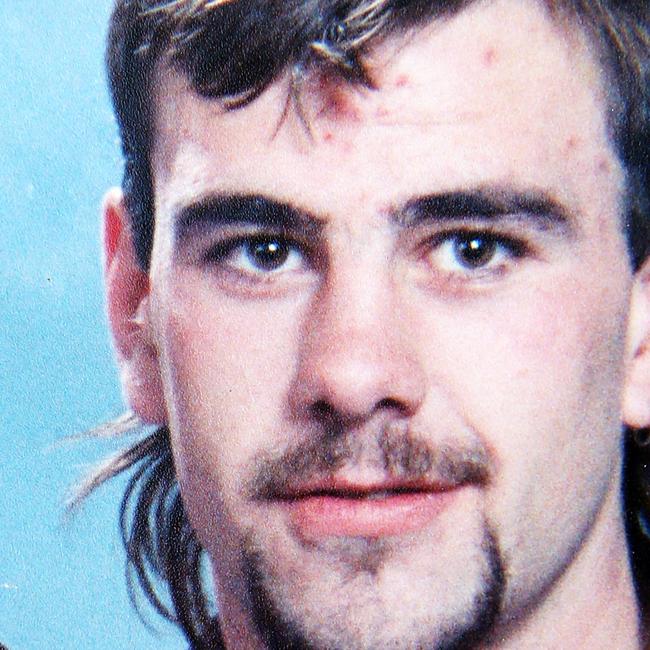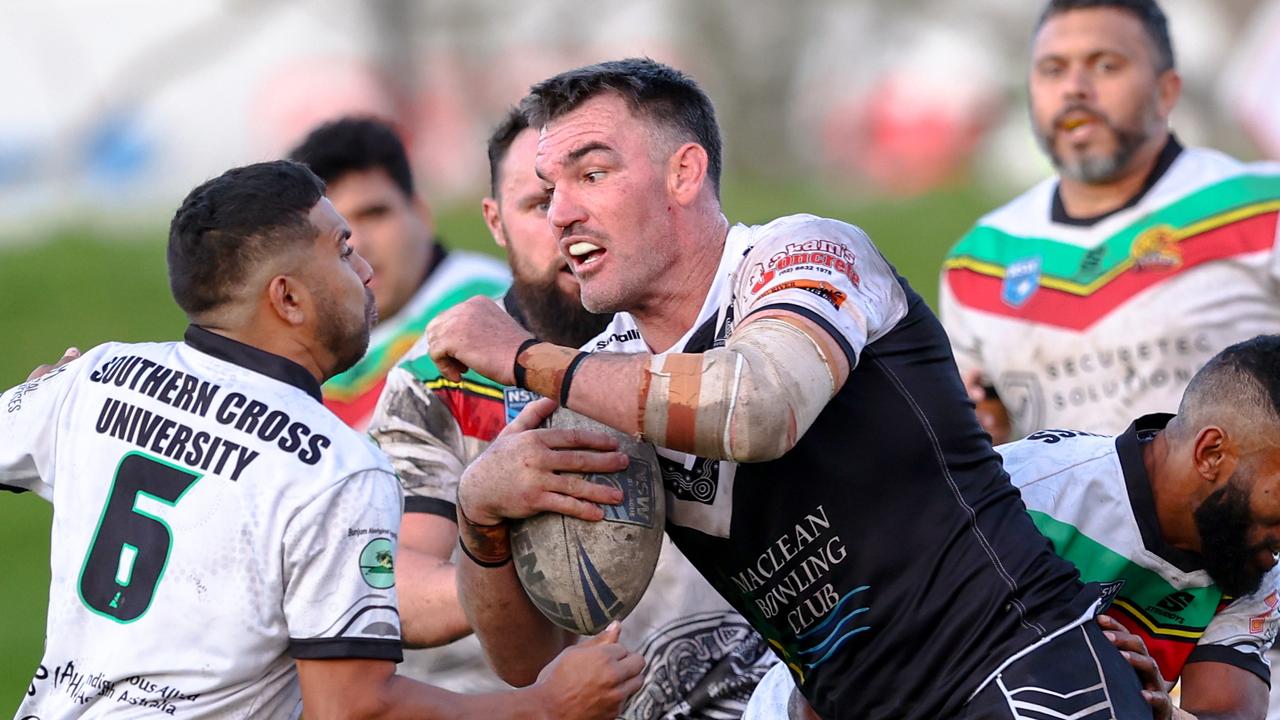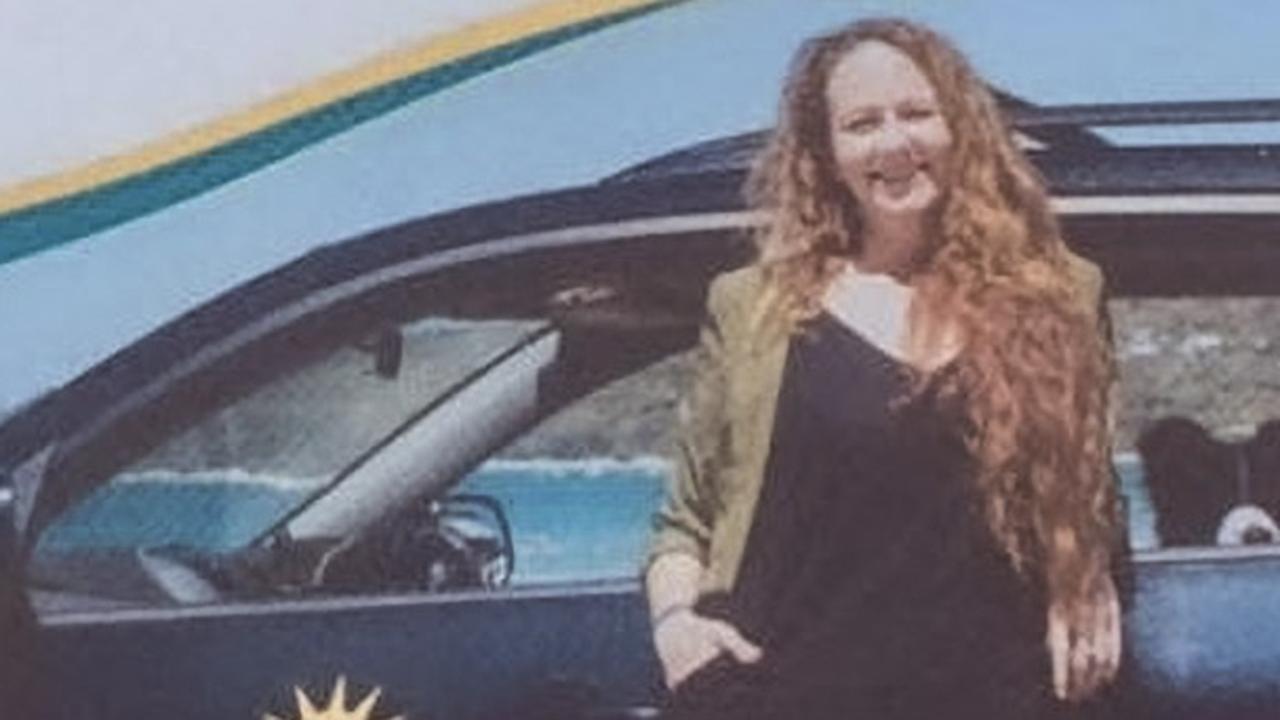Officer A trial: NSW Corrective Services officer on trial for Dwayne Johnstone’s death
The trial for a NSW Corrective Services officer charged with murder after he shot a shackled Aboriginal man in the back as he fled custody on the state’s North Coast has begun.

Tweed Heads
Don't miss out on the headlines from Tweed Heads. Followed categories will be added to My News.
An 11-second incident in which a shackled Aboriginal man running towards a closed doctor’s surgery was fatally shot has been detailed as a NSW Corrective Services officer’s murder trial begins.
WARNING - Aboriginal and Torres Strait Islander are advised this story contains images of a deceased Indigenous man.
Wiradjuri man Dwayne Johnstone, 43, was killed on March 15, 2019 by a single gunshot wound as he ran – with cuffs and shackles around his wrists and ankles – from Corrective Services officers in Lismore.
A Corrective Services officer with the pseudonym Officer A has pleaded not guilty to Mr Johnstone’s murder over the tragic incident and is now on trial before Judge Robert Beech-Jones in the NSW Supreme Court.
A Crown Prosecutor has now begun his opening address to the jury, in which he explained how a period of just 11 seconds led to Mr Johnstone’s death – and the murder charge.
The court heard Mr Johnstone was in Corrective Services NSW’s custody at the time after he had been refused bail on criminal charges before Lismore Local Court.
He had subsequently been taken to Lismore Base Hospital for treatment and was set to be returned to Lismore’s cells when the court heard he ran from Officer A and his partner.
“Mr Johnstone broke away, and went across the road towards a doctor’s surgery, which had a ramp out the front, it looked like a house, across the road from Lismore Base Hospital,” the Crown said.
“In 11 seconds, moving in the direction, moving up onto the veranda, (Officer A’s partner) took chase after Mr Johnstone, and the accused moved onto the roadway.
“In that 11 seconds, the accused had his arm outstretched, holding a revolver, Smith and Weston, his issued revolver, and called a warning.”

The court heard Officer A allegedly said words to the effect of “stop or I’ll shoot”.
“The accused then discharged the firearm three times in that 11 seconds,” the Crown said.
“The third shot struck Mr Johnstone – the other two shots did not strike him.”
Mr Johnstone suffered a gunshot wound to the right mid back, moving into his body from back to front, and despite the best efforts of ambulance officers and doctors he could not be revived.
When Mr Johnstone ran from the officers, the court heard he had shackles, or cuffs chained together, around his wrists and ankles, he was unarmed, there was no-one else around and the doctor’s surgery he was running towards was closed.
The Crown prosecutor told the jury that in order to convict Officer A of murder, they would have to accept a voluntary act by Officer A caused Mr Johnstone’s death, and that the act was committed intending to cause grievous bodily harm, or with reckless indifference to human life.
The jury would also have to accept that Officer A did not believe it was necessary to shoot Mr Johnstone, or that if he believed it was necessary, that that belief was not based on reasonable grounds.





